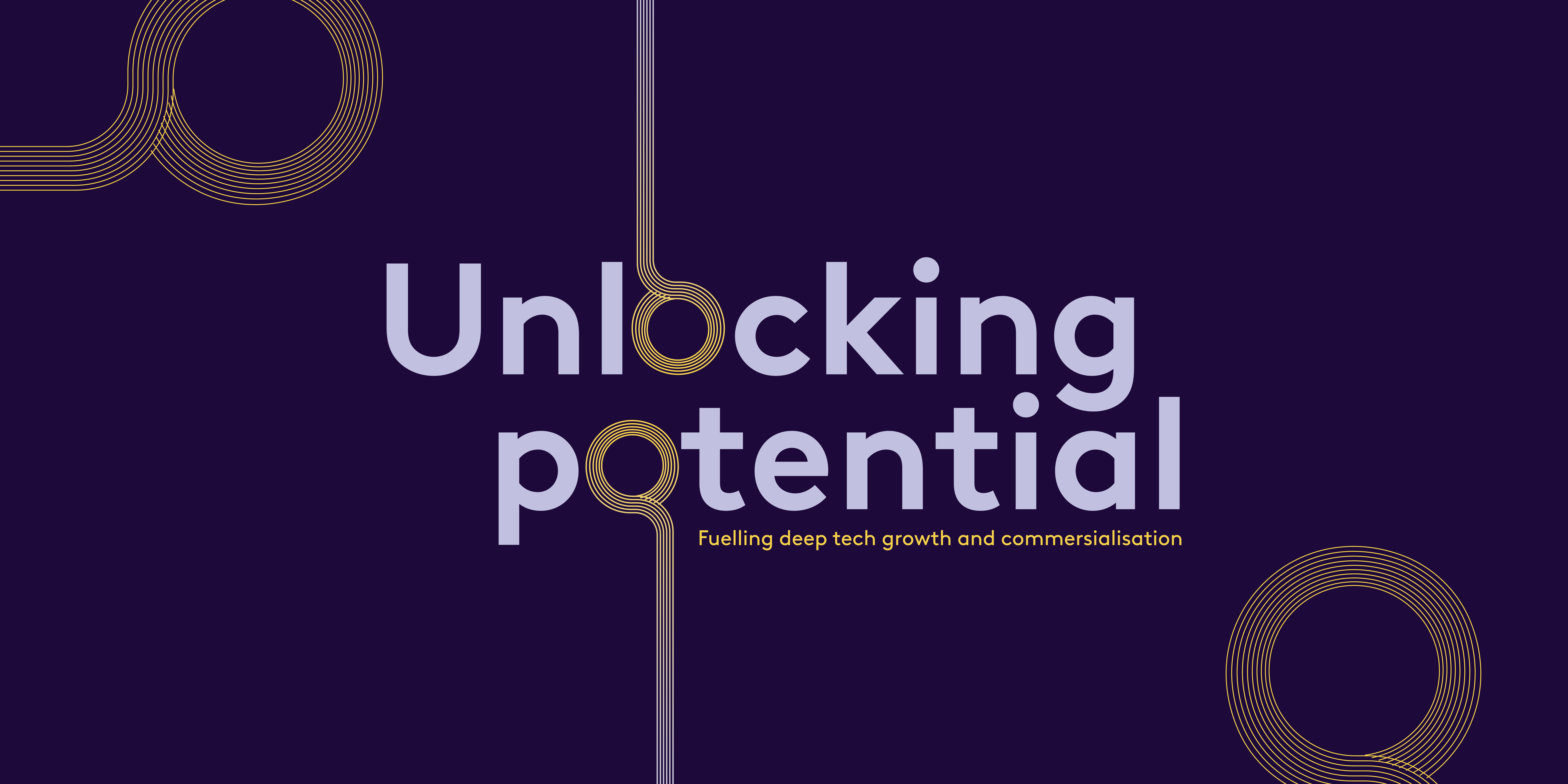“It’s Just Math”: The New Marketing Landscape.
The world has changed. The world of sales and marketing has definitely changed. But some are still not getting it right. Why not? To thrash this out, once and for all, Pete Daffern (Venture Partner at Octopus Ventures) hooked up with two of his favourite confidantes; Van Diamandakis (Persado, Sage, Oracle) and Todd Clyde (COO Token, COO Clairmail).
First we had to map out the problem.
Van kicked us off:
“There are still sales-driven SaaS companies where marketing’s a second thought. They’re living in the 90s, doing heavy lifting, spray and pray marketing efforts, with an inside sales team making cold calls.”
Ten years ago things were completely sales-led. The only one who could tangibly ‘see’ or measure the situation was the sales rep who landed the deal. Sales reps would disappear for weeks and return, hopefully, with a ‘big one’ and a jealously guarded pipeline. The Head of Marketing was secondary to the Head of Sales and the first budget to be cut was marketing.
“In the old days,” said Todd,”it was about the enterprise sale. Buyers would open the door initially because they were looking to educate themselves by meeting with vendors. So vendors got to get in really early and set the requirements.”
Personal experience
For myself, I still hear CEOs saying things like, “I’ve got ten sales people and none of them are hitting their target,” – and being ok with that! You get customers not buying what they think they’re buying, failing to implement it and destroying gross margin. Vendors are unhappy, everyone’s unhappy.
So a huge cultural, as well as technological shift has happened. The one-off purchase experience has changed to a recurring one. This in turn has transformed all value-creation before, during, and after the sale. The days of “lock-in” are over and the right fit must be maintained downstream through marketing. LTV (lifetime value) is the focus now – maximising it, nurturing it – more than landing the ‘big deal’. Volume is important, so getting the marketing machine right (more on that later) is vital.
Smart marketing
That brings us to today. Van summed it up: “Today, to sell the right thing to the right people at the right price, within the right relationship, you need smart, automated and data-driven marketing.”
“Buyers are now self-educating,” said Todd, “so vendors get in later in the sales cycle”. This is where the tech comes in: tools that allow hyper-targeted thought-leadership content to evolve the buyer’s knowledge and nurture their sense of relationship with the vendor, before they’ve even met. This is not about cross-selling or up-selling, it’s about straight-up giving: thoughtful, helpful information and insight that helps people do their job well. To build on Van’s earlier quote, it’s about de-averaging and delivering the right content to the right person at the right time, landing a tailored message precisely.
This isn’t marketing by robots. Van pointed out that AI-powered messaging campaigns are frequently performing 50-75% better than their manually-operated segmented equivalents. Names like DemandBase, Engagio, Dynamic Yield and Persado came up in the ABM and AI-powered digital marketing language space. We each had our favourites but the point was clear – these products work.
Visible engagement
It’s a two-way mirror: “the buyer will go to a dynamically-generated landing page,” said Van,” with custom content, custom messaging and you can see their engagement: what they’re downloading, what they’re watching (it’s all about video by the way). Then, when they’re engaged, you call them. Conversion rates are orders of magnitude better.”
The SaaS model may create spectacular LTVs, but customers can still churn out easily and defect to the next vendor. Van continued: “to know your customer in every way; psychographically, demographically, behaviourally, what keeps them up at night, what pains them, this deeper knowledge allows you to architect the customer journey. It allows you to know their experience with you at every touch point.” This type of customer intimacy comes about because every transaction and interaction can now be captured. The prize is mindshare, and the right content, delivered in the right way, with the right follow-up, will win it.
Todd expanded on the theme: “now marketing has become the lead generator for new business. Today you should be converting more highly developed leads using an inside sales team rather than a deal sales team.”
So things have been turned on their head. Marketing drives the machine, supported by sales – and, as Splunk’s Godfrey Sullivan says, every sales person should be successful. If they’re not, you should be spending money on optimising your marketing channel, not just hiring more sales people.
That’s when we got to the simple, powerful truth: “wire up the right automated and predictive marketing machine and, well,… it’s just math”, Van said.
The Math
This resonated. Van described an example: New Relic offer a product free for 45 days. A New Relic success (not sales) rep calls to introduce themselves, merely offering support should it be needed for the ‘freemium’ period. The next call may not be for another 30 days, but this one, thanks to in-app analytics, is fully informed. The success rep might say, “I see you’ve been using X feature and that’s great, but have you tried Y feature too? I think you’re going to love it.” When the 45 days are up there’ll be something like a 45% conversion rate. Developers, in this situation, are converting – happily.”
The ‘machinery’ provides powerful visibility and personal insight. There were (sadly still are) situations where too many people were given the ‘email gun’, firing into the darkness. “Sales and marketing used to be the ‘black arts’,” said Todd. “We’re not working in the dark anymore.”
The Math speaks louder
There are still instances of a VP of Marketing asking for money, yet not actually knowing the returns on what they currently spend. What they’re effectively asking for is more money to throw after the money they’re already wasting. Doing the math, (and there’s no excuse today for not doing so), allows for a different kind of conversation. Chief Revenue Officers can be shown no-brainer formulas, where it only makes sense to channel more funds into smart marketing-led sales strategies.
An ideal marketing machine
So what might this machine look like? Van sketched one out on the back of a napkin. He drew up an always-on Martech stack, (or “perpetual demand engine” as he called it) and running on top, Digital marketing (SEO, SEM, paid social, web); Content marketing (thought leadership, e-books, blogs, social, video), Product marketing (“the heartbeat of any marketing organisation”), PR, fully-loaded with agreed KPIs and, finally, events. (A side debate on events flared up, but we’ll save this for another post.)
With these components in place, an agreed dashboard can be created. It will measure, for example, unaided awareness and ‘brand power’ – that is, a brand’s emotional connection with its audience, not just awareness, but whether it’s favourable or not.
A marketing machine like this, with the right math in place, gives us the Holy Grail: high quality first-party data relationships. These don’t just supply revenue, they fuel all significant functions of the enterprise, including product development, customer value analysis, and pricing.
The result
It’s not often that a 3-way discussion ends in unanimous agreement. But the simple truth that there is no excuse for not knowing the metrics on any variable of the marketing machine seems to be unequivocal. ‘Machine’, ‘Math’ and ‘Metrics’ are not the creativity-crushing terms they once were. Getting it right, with everyone – from product, to sales to customer – connected through the right machine, gives the best of every world. The dark ages are behind us. Today, if you know what you’re doing, it can be as simple as 1, 2, 3.
Want some help asking the right questions to help your business to succeed? Get in touch with our experienced team at Octopus Ventures.













